- লিঙ্ক পান
- X
- ইমেল
- অন্যান্য অ্যাপ
9 Body Parts as Unique as Your Fingerprint
BY KELSEY KLOSS
,
|
9 Body Parts as Unique as Your Fingerprint
( courtecy;- reader’s digest )
|
|
You’re one in a million (or, uh, 7 billion),
and these special characteristics prove it.
|
Iris
 ISTOCK/AVIDRAIFORT
ISTOCK/AVIDRAIFORT
Eyes are the window to your soul and your identity. The iris, a muscle that opens and closes the pupil to control how much light enters the eye, has tiny textural patterns. DNA determines the color and structure of the iris, but its random pits, furrows, swirls, and rifts occur during fetal development, which makes every iris unique (even your two irises don’t match each other). The patterns are thought to appear as the fetus opens and closes its developing eyes, and iris tissues tighten and fold. (Make sure you never touch your eyes or any of these seven body parts.)
Ear
 ISTOCK/NINELL_ART
ISTOCK/NINELL_ART
Trace the rim of your ear: Feel those curves and ridges? You’re the only person in the world with that exact shape. In one British study, researchers developed an algorithm that could identify a single individual out of more than 250 others with a 99.6 percent accuracy rate by analyzing how light reflects off the curves of the ears. The ear is such a handy identifier that Yahoo is developing technology to unlock smartphones with an ear scanner. Someone receiving a call would unlock the phone by simply pressing it to the ear.
Lip print
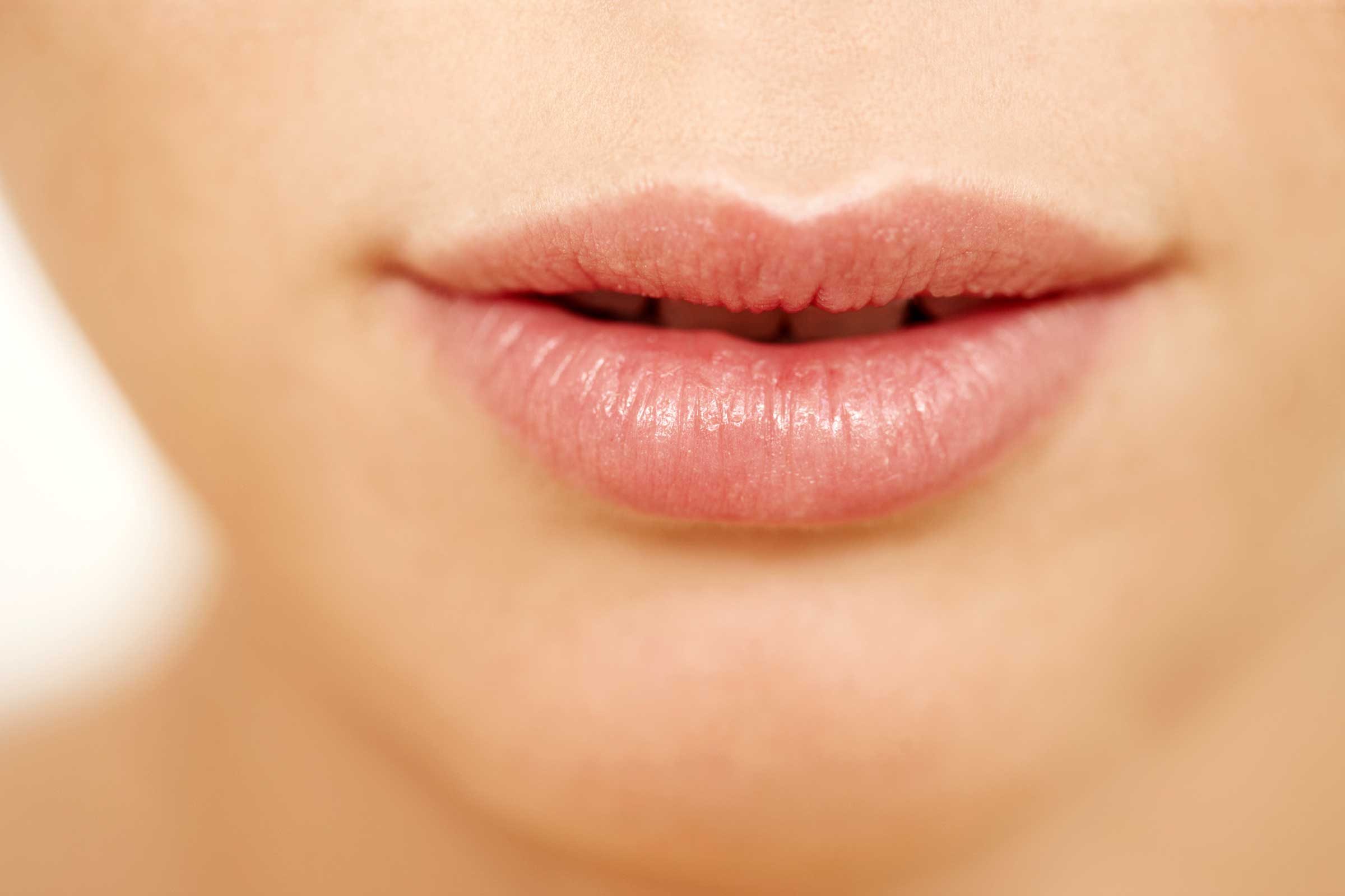 ISTOCK/GLOBALSTOCK
ISTOCK/GLOBALSTOCK
Hypothetically, detectives could seal evidence with a kiss. A study in the Journal of Forensic Dental Sciences found that the pattern of elevations and depressions in the lips are as unique as fingerprints. There’s just one problem: Though lip prints have been used as identification in the court in isolated cases, criminals typically don’t smooch crime scenes. (Make sure you never pop, pluck, or pick these eight body parts.)
Tongue
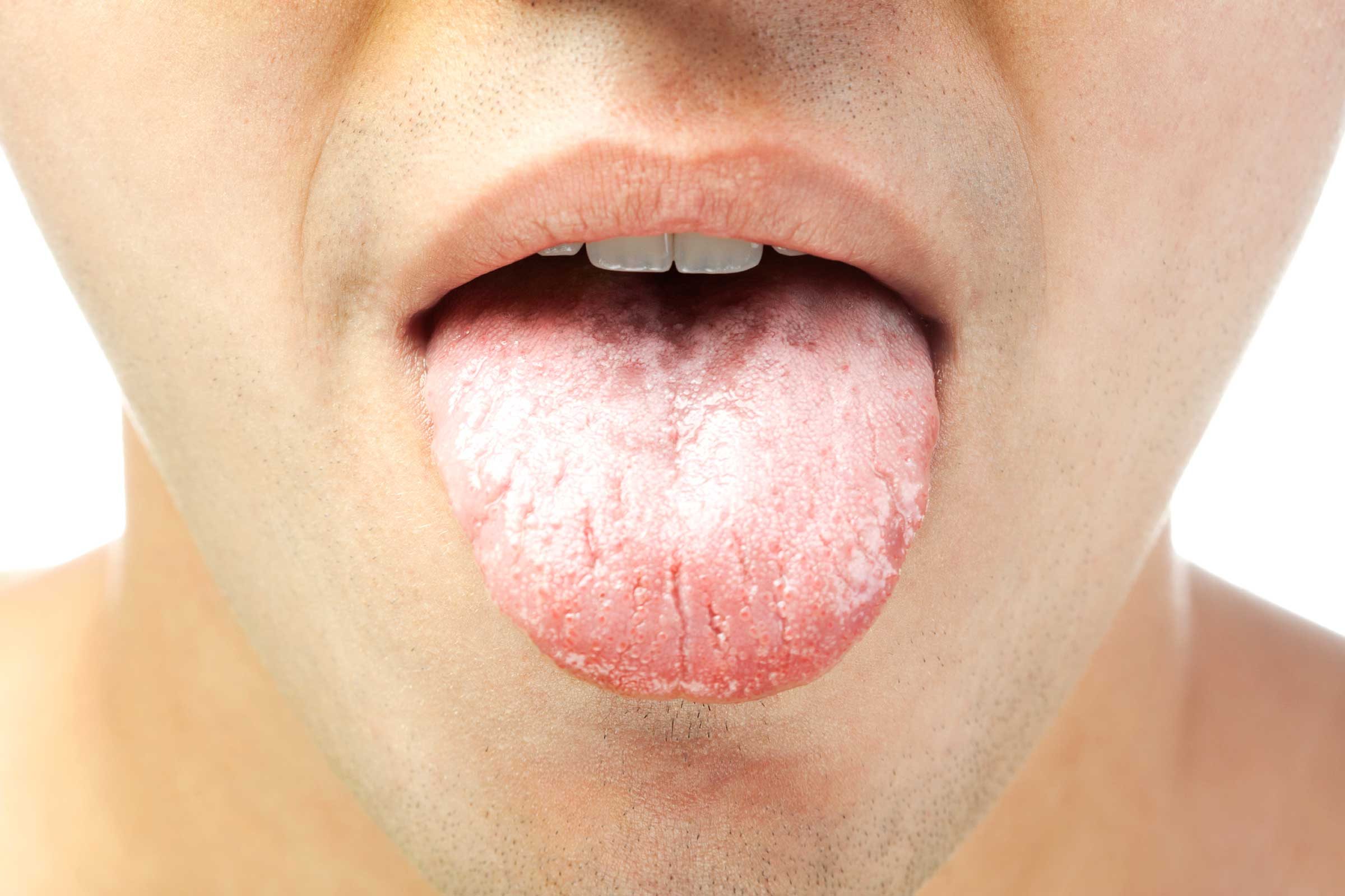 ISTOCK/TILER84
ISTOCK/TILER84
Like a fingerprint, the tongue has its own shape and texture, and its tiny bumps and ridges are distributed in a way that is uniquely yours. These patterns rarely change over time since the tongue is protected inside the mouth (unlike fingertips, which may become scarred). Researchers are developing 3-D tongue imaging to aid in identification.
Voice
 ISTOCK/WEBPHOTOGRAPHEER
ISTOCK/WEBPHOTOGRAPHEER
Ok, so it’s not quite a body part, but your voice is unlike any one else’s. Some vocal characteristics are easy to detect, such as frequency (high or low) and intensity (loud or soft). Other traits, however, such as tightness, resonance, or nasality are usually more difficult to pinpoint. An individual’s unique vocal tract is partly genetic and partly learned. The length of one’s neck and the width of the pharynx plays a part, but so do learned characteristics such as lip rounding and vowel pronunciation. Based on these combined traits, scientists have already created systems to automatically recognize a person’s voice if it is pre-recorded in a database.
Toe print
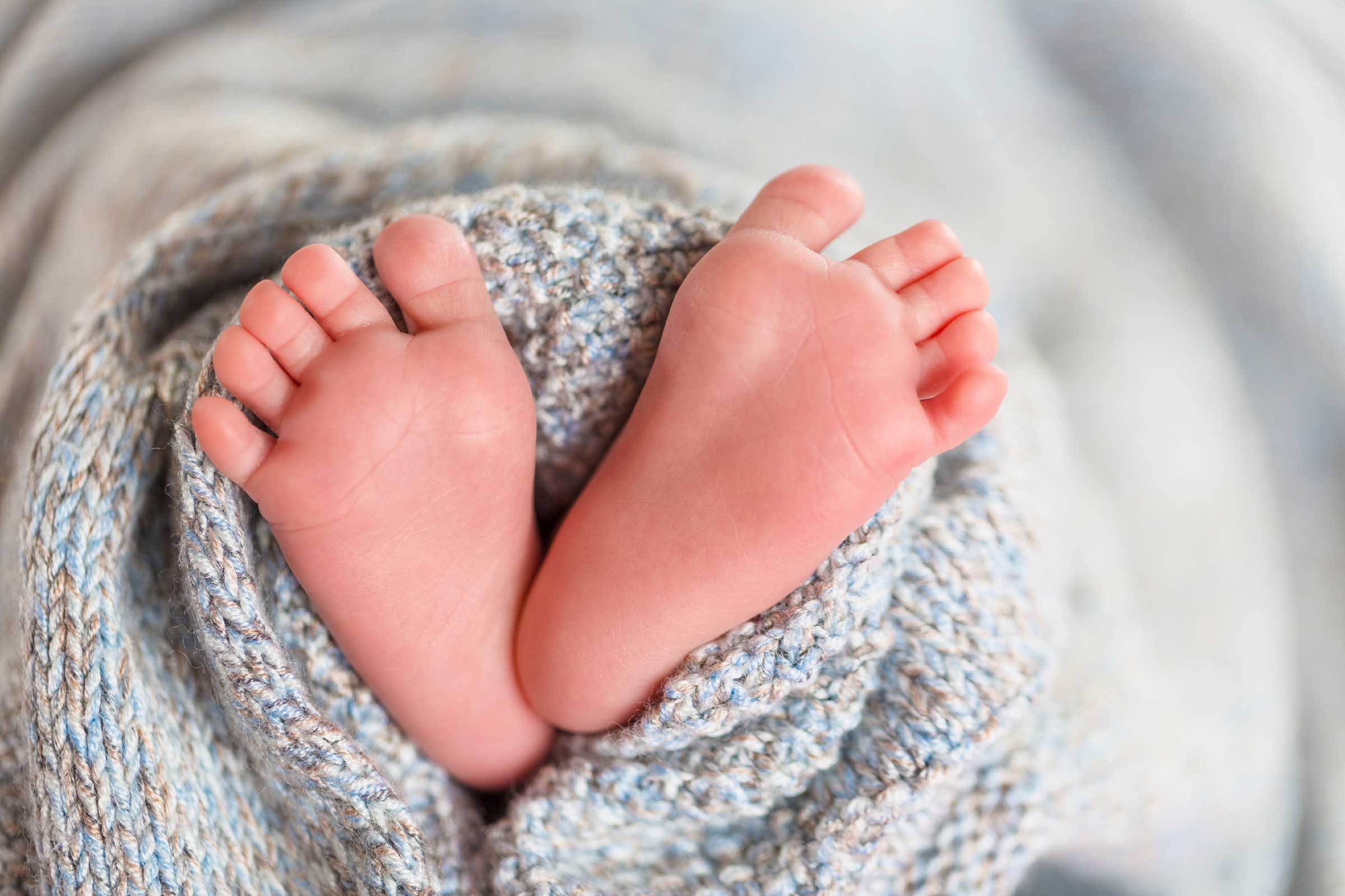 ISTOCK/DIMITRIOS STEFANIDIS
ISTOCK/DIMITRIOS STEFANIDIS
A fetus’s toe prints develop at the same time as fingerprints, and are just as unique. Since crooks are more likely to leave fingerprints behind, the FBI maintains a national database that links 66 million people to their fingerprints, but does not record foot or toe prints. In one classic case, however, a toe print was used in court when a burglar broke into a Scottish bakery and left a print on the flour-dusted floor. Though it was the only evidence against the criminal, the jury convicted him within 15 minutes. (These are the two parts of your body that never stop growing!)
Teeth
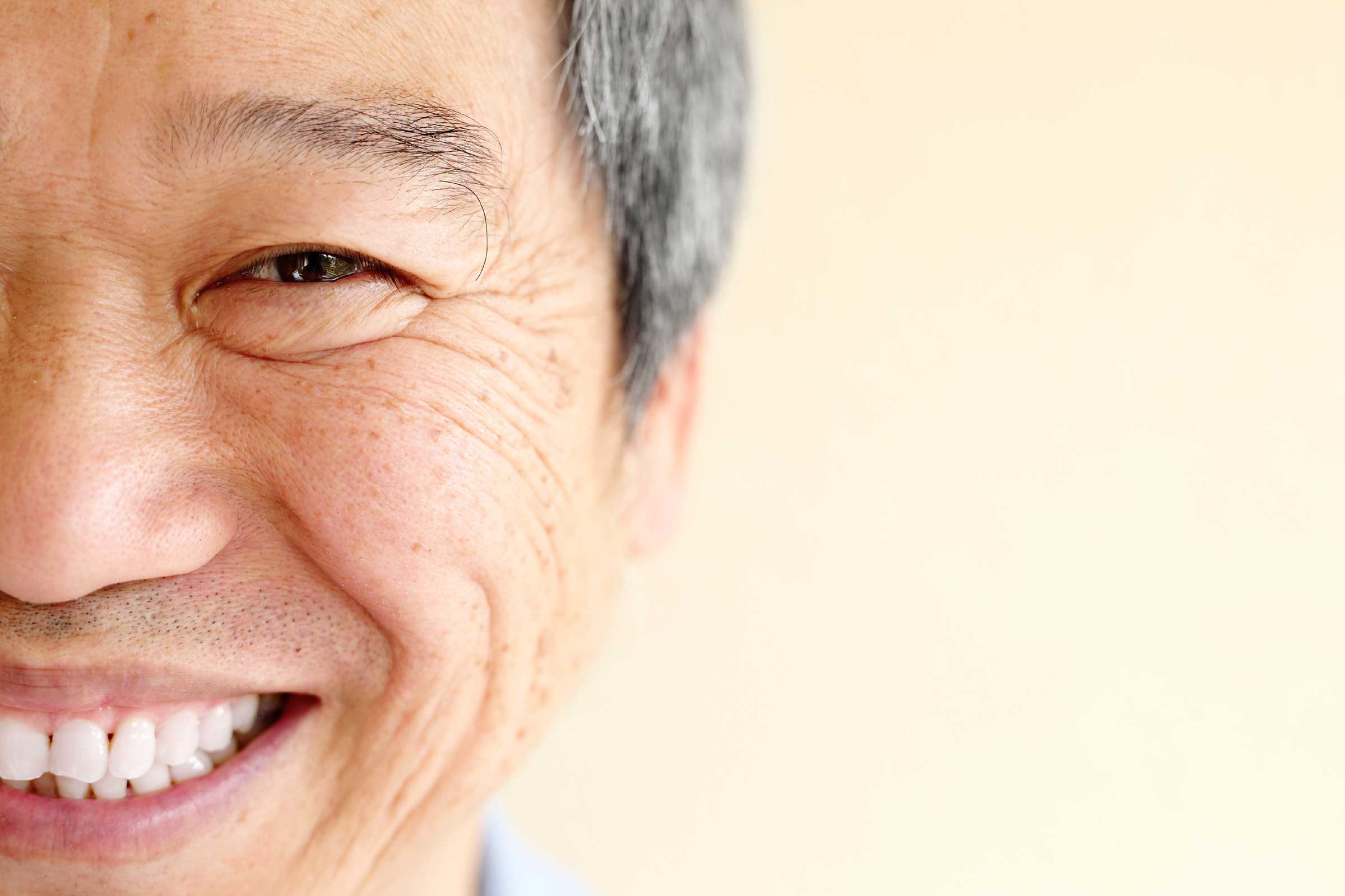 ISTOCK/PONYWANG
ISTOCK/PONYWANG
Your teeth not only reveal your DNA—which is why dental records are often used to identify bodies—but are particular to you based on your personal habits. Perhaps you clench your jaw, grind your teeth, play a certain instrument, or hold keys in your mouth on the way to the car. Because of this environmental wear and tear, even identical twins have different sets of teeth.
Retina
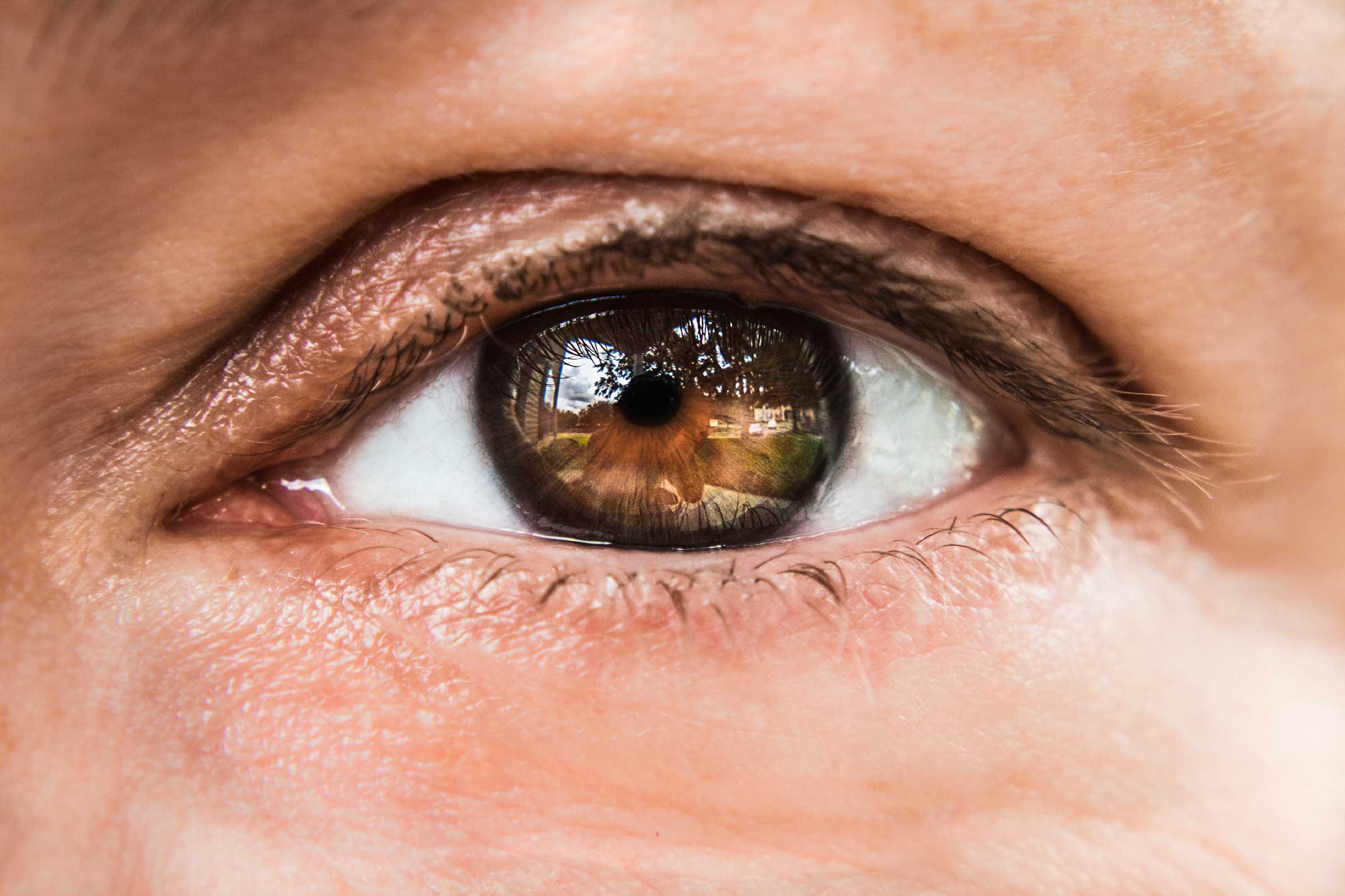 ISTOCK/THISISDAVID88
ISTOCK/THISISDAVID88
The very back of the eye, the retina, is a precise snapshot of your nervous system, unique to you. It displays a pattern of blood vessels that your eye doctor observes to detect the first signs of diabetes, high blood pressure, and even declining brain health. Though human retinas are typically only observed at the optometrist, retina identification is widely used in the animal world to verify show cattle and purebred horses and to track disease outbreaks.
Gait
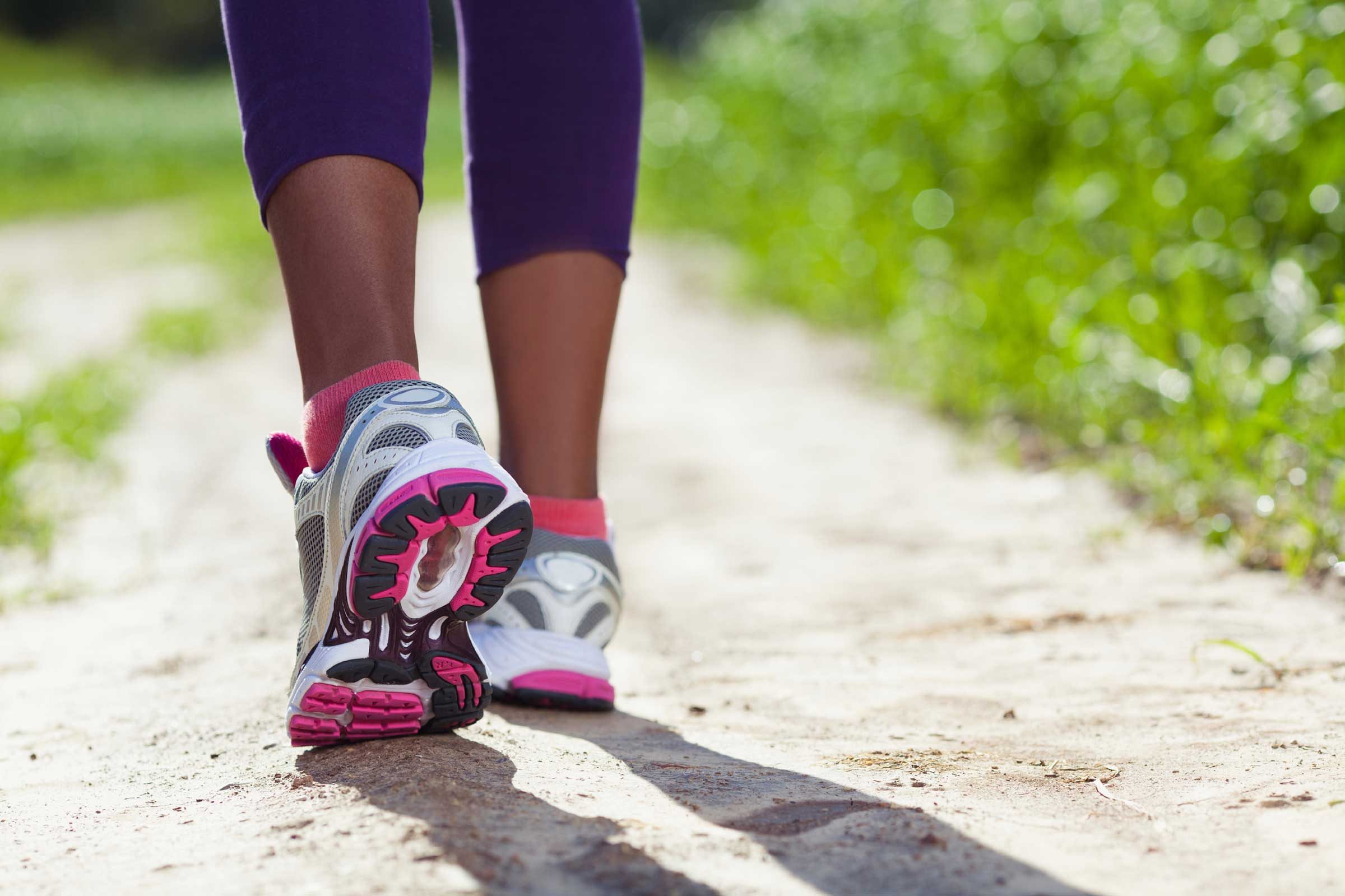 ISTOCK/RUSLANDASHINSKY
ISTOCK/RUSLANDASHINSKY
OK, it’s not quite your feet—but how you use them. Do you slightly drag one foot? Bounce on another? Even if you’ve never noticed anything unusual about how you stroll, sophisticated systems can. When an international team of bioengineers analyzed the foot pressure patterns of more than 100 participants, they identified individuals with a 99.6 percent accuracy rate. Though more research is needed, gait identification could eventually be a way of identifying individuals from a distance—such as camera footage that identifies a robber walking out of a bank. (These are the surprising purposes behind these eight mysterious body parts.)
- লিঙ্ক পান
- X
- ইমেল
- অন্যান্য অ্যাপ
মন্তব্যসমূহ
একটি মন্তব্য পোস্ট করুন